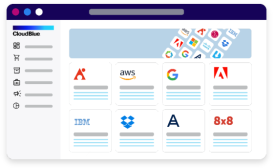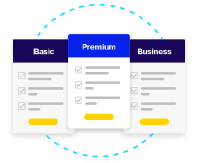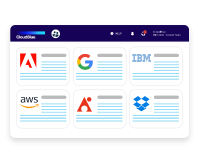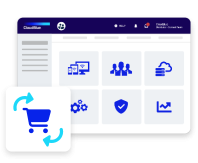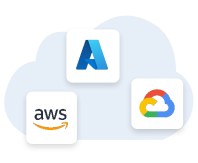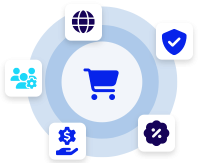Subscription revenue refers to the income generated from customers who pay recurring fees for access to a product or service over a set period. This revenue model is prevalent in industries like software as a service (SaaS), media, and consumer goods. Instead of one-time purchases, businesses earn money through regular billing cycles, which can be monthly, quarterly, or annually.
Subscription revenue offers several advantages to businesses:
- Predictable Cash Flow: Regular, recurring payments provide a steady and predictable cash flow, allowing companies to better forecast financial performance and manage budgets. This stability helps in planning for growth and investing in product development.
- Customer Retention: Subscription models often focus on long-term customer relationships rather than single transactions. By delivering continuous value and maintaining engagement, businesses can enhance customer loyalty, reduce churn, and increase lifetime value.
- Scalability: The subscription model supports scalable growth as acquiring additional customers typically requires minimal additional costs. Businesses can expand their user base without significant changes to the underlying infrastructure, making it easier to grow revenue over time.
Subscription revenue is a key metric for assessing the success of subscription-based businesses. It reflects not only the number of active subscribers but also their willingness to continue paying for the service. By analyzing subscription revenue, companies can evaluate the effectiveness of their pricing strategies, marketing efforts, and overall business health.
In the SaaS industry, subscription revenue is particularly important as it underpins the business model, allowing companies to invest in ongoing development and customer support while ensuring a reliable income stream.

